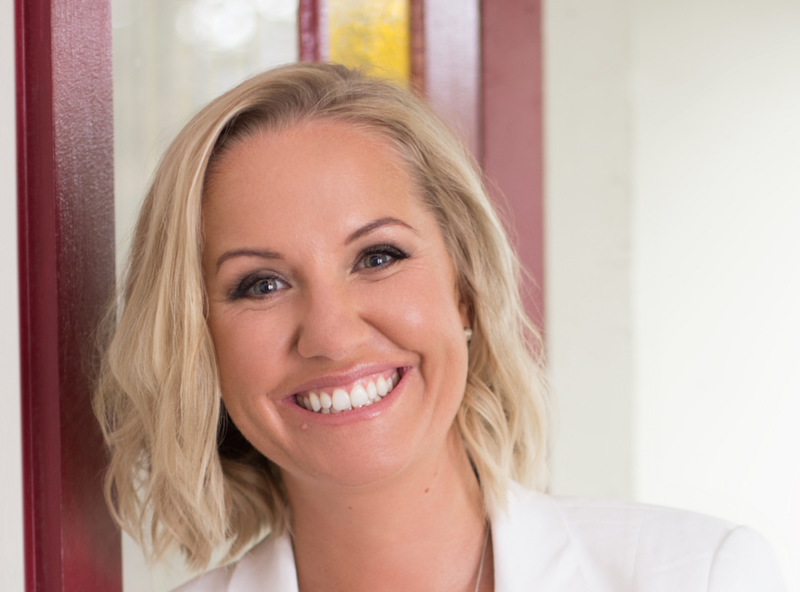Twitter clampdown on fake accounts hits follower counts but is welcomed by Aussie agencies
Local social media agencies have welcomed a crackdown on fake and automated accounts by Twitter, despite a widespread outcry in the United States by users who have seen follower counts drop.
Following an announcement on Twitter’s developers’ blog yesterday, the company has started shutting accounts appearing to use automated posts. While there was outrage from some circles in the United States, most agencies contacted by Mumbrella said they were happy with the move.

Natalie Giddings, MD of The Remarkables, welcomed the change as being “for the better”
Natalie Giddings, managing director of The Remarkables Group, had little sympathy for the locked out users: “Being locked out is based on the use of automation or scheduling tools, not on policial views. The accounts locked out were abusing the channel.
“I joined Twitter in April 2009 and the reason Twitter is still my number one social media channel is the one-to-one discussions amongst industry peers or subject matter experts I can have. These changes will absolutely change the experience on the channel. And for the better.”
Emma Lo Russo, the founder of Sydney based social media monitoring service, Digivizer, agreed: “I think this move from Twitter is a good one. People know the difference between an authentic, genuine and delightful experience and one that is forced, automated or paid.
“So cleaning up the noise and auto-bots is a great thing for those who genuinely engage”
Bought followers – many of them automated bots – have long been a scourge of the social media marketing industry with lifestyle and news commentator Shelly Horton calling them‘extra-fraudinary’ at last year’s Mumbrella360.
“An influencer is a someone who has bought 50,000 followers on Instagram and poses in a bikini with a green smoothie.”
https://www.youtube.com/watch?v=Nx2BSbDYENY
Sharyn Smith of influencer marketing agency Social Soup told Mumbrella she hadn’t heard of any reports from Australian influencers and said the move was welcome: “it’s overdue on lots of platforms, all of them are based authenticity.
“If people don’t believe in them, or aren’t getting the true story, the people will turn away from them.”
Tribe CEO Anthony Svirskis has previously warned about the risks of automated platforms and false users.
Speaking to Mumbrella, Svirskis also welcomed Twitter’s actions, saying: “It’s a move by the platform is to make things more effective.”
The Tribe CEO told Mumbrella he doesn’t see Twitter as being as prominent in Australia compared to the United States but the problem is shared by other platforms: “LinkedIn is going through an interesting transition as it tries to increase users and engagements. Instagram has been dealing with this for a while with its various purges.”
Giddings agreed with Svirskis’ view that other social media services need to step up: “Other platforms must make similar changes to improve the user experience or people just leave, as being experienced by Facebook right now.
“This is the same reason Twitter struggled to truly monetise their platform. There is no place in true Twitter dialogue for bots. “
In a statement to Mumbrella, Twitter said: “We have long used proprietary tools to fight spam and abuse proactively, and the announcement this week describes one of the ways we take action on such accounts.”
Facebook and LinkedIn were contacted for comment but had not responded at the time of posting.
Twitters’ move this week follows the company announcing a safer internet day earlier this month.
As a guide to users wanting to avoid falling foul of Twitter’s crackdown, Yoel Roth, policy lead for Twitter’s public APIs services wrote in Wednesday’s announcement.
Posting duplicative or substantially similar content, replies, or mentions over multiple accounts you control, or creating duplicate or substantially similar accounts, with or without the use of automation, is never allowed.
Posting multiple updates (on a single account or across multiple accounts you control) to a trending or popular topic (for instance, through the use of a specific hashtag) with an intent to subvert or manipulate the topic, or to artificially inflate the prominence of a hashtag or topic, is never allowed.



